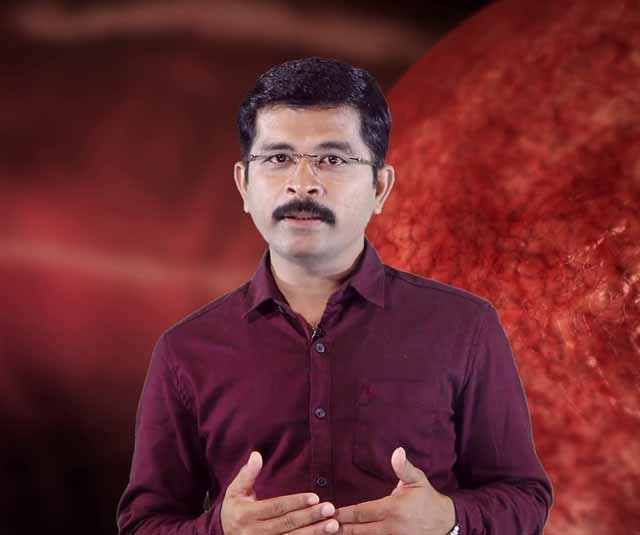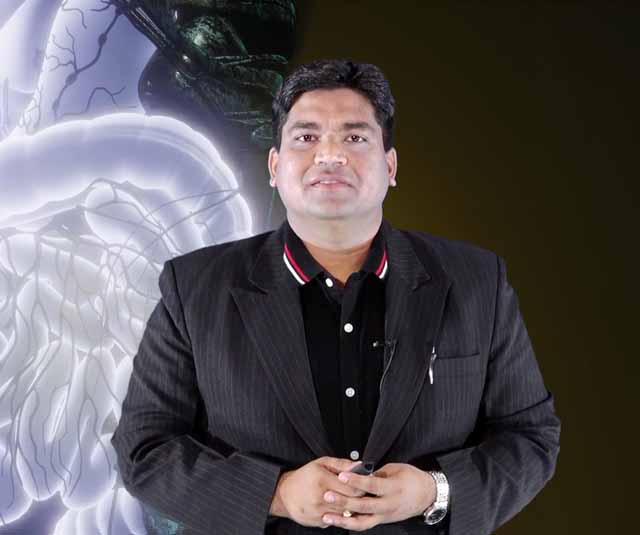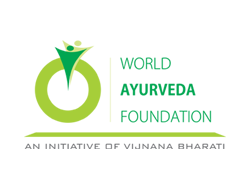

Ans : Kindly refer the given ppt
Ans :
Ans :
Ans : The third Kala of Sushruta (as quoted earlier) is called Medodhara which means “the membrane that holds the Meda or fat”35. The Medas is said (by Sushruta) to exist in the abdomen (omentum) and is called Majja or Marrow when it is found inside the small and large bones. and moreover the Aņu Asthis are filled in with Sarakta-Meda This shows that Sushruta considered Medas and Majja as virtually the same substance and the membrane that holds the fat (e.g. the omentum deep fascia etc.) and the membrane that holds the marrow (the endosteal membrane) were grouped under the same heading “Medodhara Kala”. It is to be noted, however, that Sushruta quotes an ancient passage in this connection, which clearly distinguishes “Medas”, “Majja” and “Vasa” (Vasa-liquid fat in flesh) from one another.
The fourth Kala of Sushruta is called “Shleshmadhara” the membrane that holds the shleshma (lubricating substance) in the joints36. To clear it, Sushruta quotes an ancient passage which says “Just as the wheel moves freely when the axle is lubricated, so move the joints freely being closely applied and lubricated, with “shleshma”. This particular Shleshma is well known to Ayurvedists as one of the five kinds of Kapha called Shleshaka, which undoubtedly means the synovial fluid. Evidently, therefore, the “Shleshamdhara Kala” of Sushruta is not other than the synovial membrane of the joints.
Ans :



By Anup Bhosgikar
By Anup Bhosgikar

By Avula srinivas

By Dr.Pritesh Shukla

By Dr.Pritesh Shukla

By Dr. Nitesh gupta
By Anup Bhosgikar

By Anup Bhosgikar

By Dr.Nilesh Kasar

By Dr. Nitesh gupta

By Dr. Sarita Bhutada
By Anup Bhosgikar

By Anup Bhosgikar

By Dr.Nilesh Kasar

By Dr. Nitesh gupta

By Dr. Sarita Bhutada



FAQ